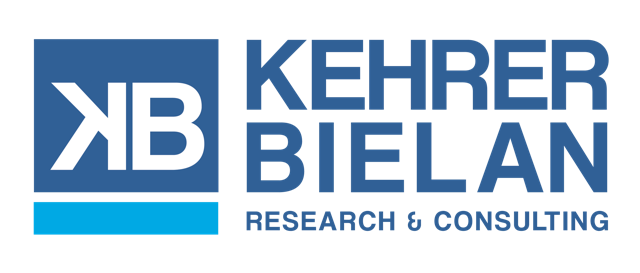Banks and credit unions have struggled for years to profitably meet the life insurance needs of their clients.
Now, the advent of the DoL Fiduciary Standard rule for retirement accounts creates more urgency to improve life insurance sales. Many product lines are expected to experience fee compression, and a shift to advisory business could result in a short term dip in revenue, so firms are looking for ways to fill the revenue shortfall.
The situation appears to be exacerbated by the deteriorating effectiveness, and potential loss, of the most effective tool that firms have traditionally used to spur life sales – enhanced incentive compensation.
Historically, paying up for life insurance sales clearly moved the sales needle. But recent Kehrer Bielan research suggests that advisors no longer respond to special incentives to sell life insurance. The firms that provide special life insurance sales incentives actually have lower life insurance sales penetration than those that do not provide such incentives.

In our study of the effectiveness of incentives, Advisors in firms that received enhanced incentives for life insurance averaged $13,008 per year in gross life insurance commissions, half the production of Advisors whose firms did not pay extra for life insurance sales.
We think that is because all of the firms in our survey that incent for life insurance sales also provide special incentives for advisory business. Advisors are taking advantage of the special advisory incentives in a big way, and bypassing the opportunity to enhance their payout by selling more life insurance.
In any case, there is uncertainty about whether special incentives to sell a particular kind of product – life insurance or advisory – is permissible under the DoL rule.

Recent Comments